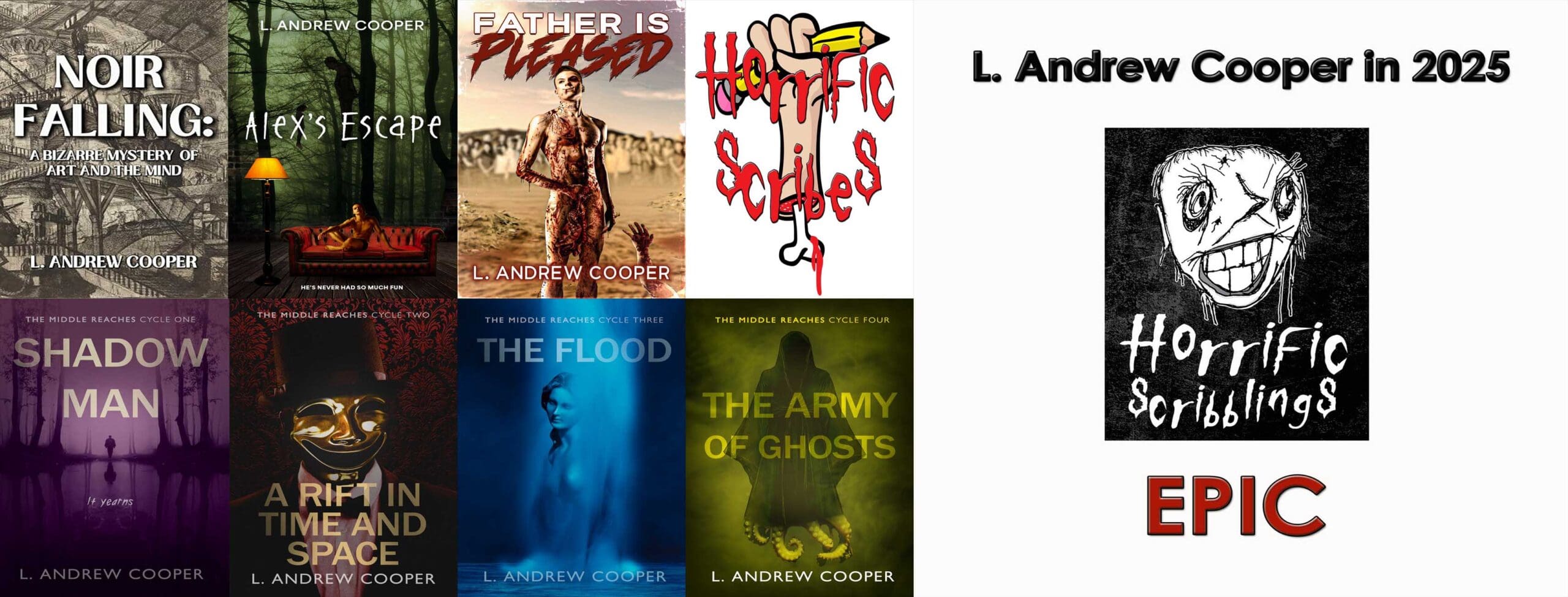Abandon All Doubt, Ye Who Seekest Chills: Zimmer’s Hellscapes, Vol. 2 Delivers Wild Images, Guilty Delights
With the second volume of Hellscapes stories, Stephen Zimmer solidifies his imagining of Hell for the twenty-first century and becomes its invisible tour guide. He shows readers, in details with…
